Review of Mobile Health Technologies in Mental Health Promotion
VerifiedAdded on 2023/06/11
|28
|2232
|224
Report
AI Summary
This report examines the role of mobile health (mHealth) technologies in promoting mental health, particularly among individuals with serious mental illnesses. It begins by highlighting the increasing use of mobile and wireless technologies in healthcare and their potential to improve patient engagement and understanding of mental wellbeing. The report reviews existing literature, identifying barriers to traditional mental health treatments, such as limited resources and social stigma, and emphasizes the need for innovative solutions like mHealth. Various mHealth interventions, including text messaging and internet-based programs, are discussed, along with their benefits such as convenience, anonymity, and cost-effectiveness. The report also addresses the research question of how different mobile health technologies can promote mental health, and outlines a research plan involving a systematic review to investigate the effects of mental disorders on health, the significance of research, issues encountered while developing mobile health tools, and the resources that should be expanded. The methodology includes background search, study selection, data collection, and thematic analysis to link findings with research aims and objectives. The report concludes by acknowledging limitations and suggesting future recommendations for leveraging mHealth in mental health promotion. Desklib provides access to similar reports and study resources for students.
1 out of 28
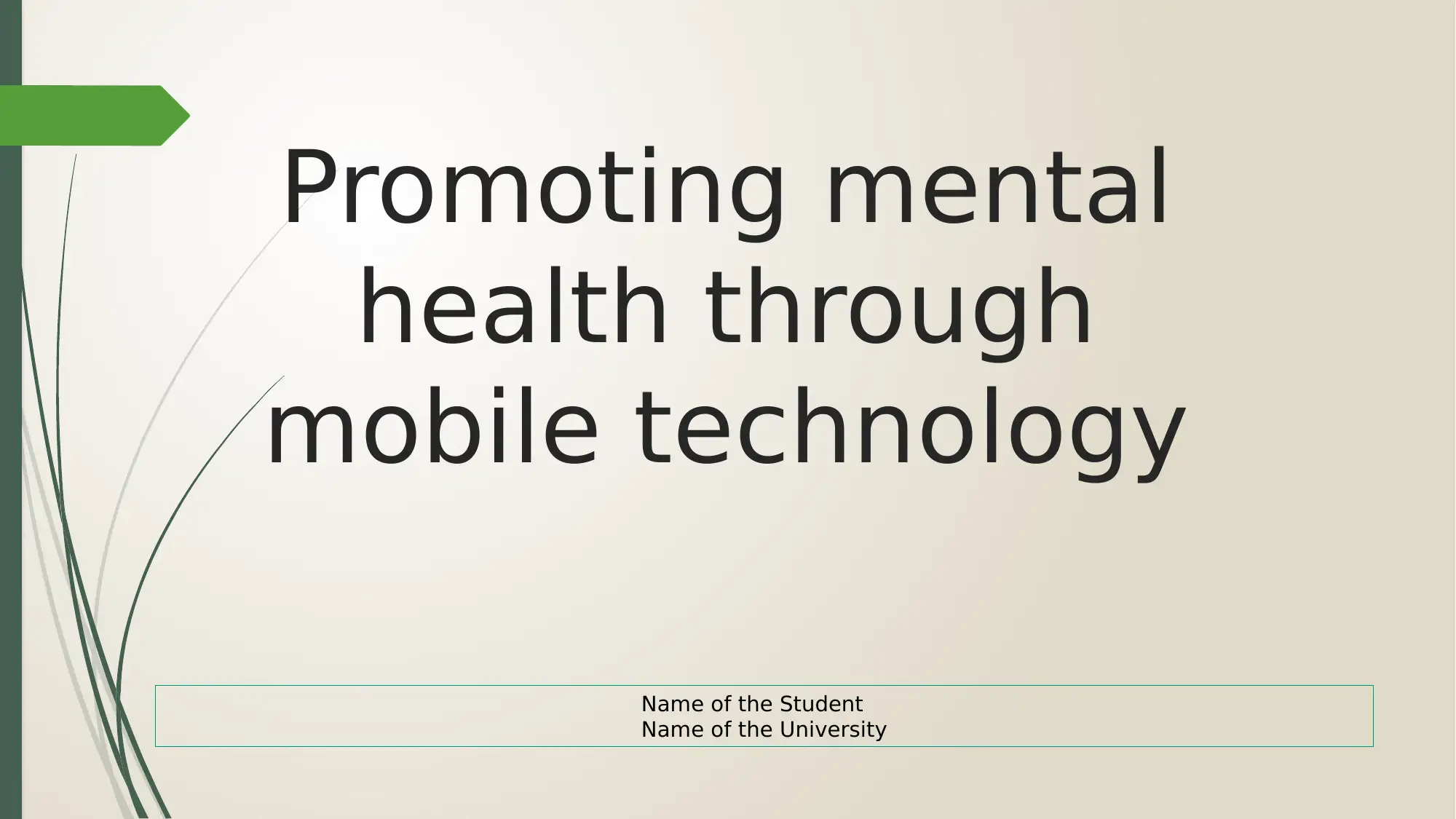
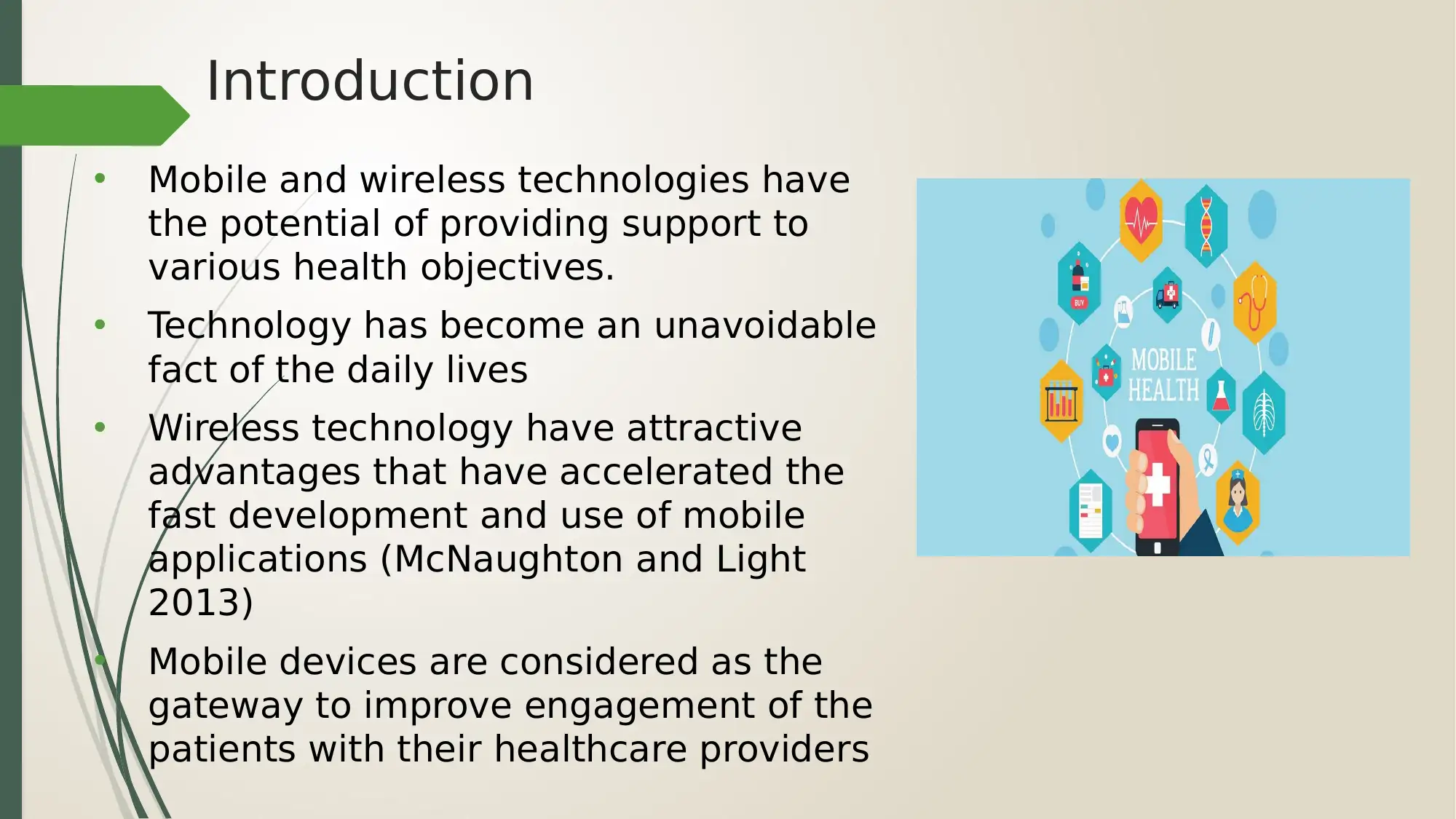
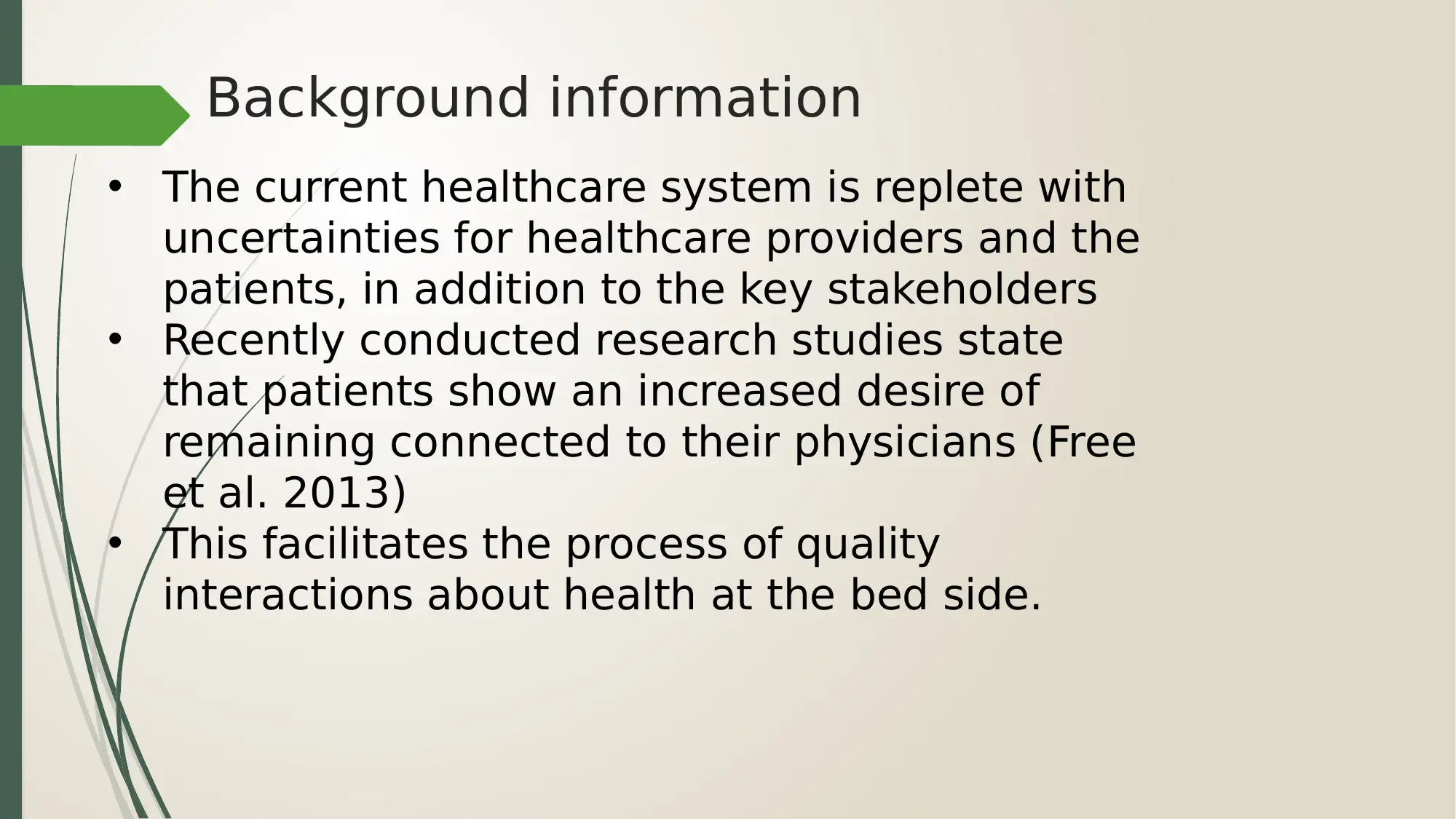

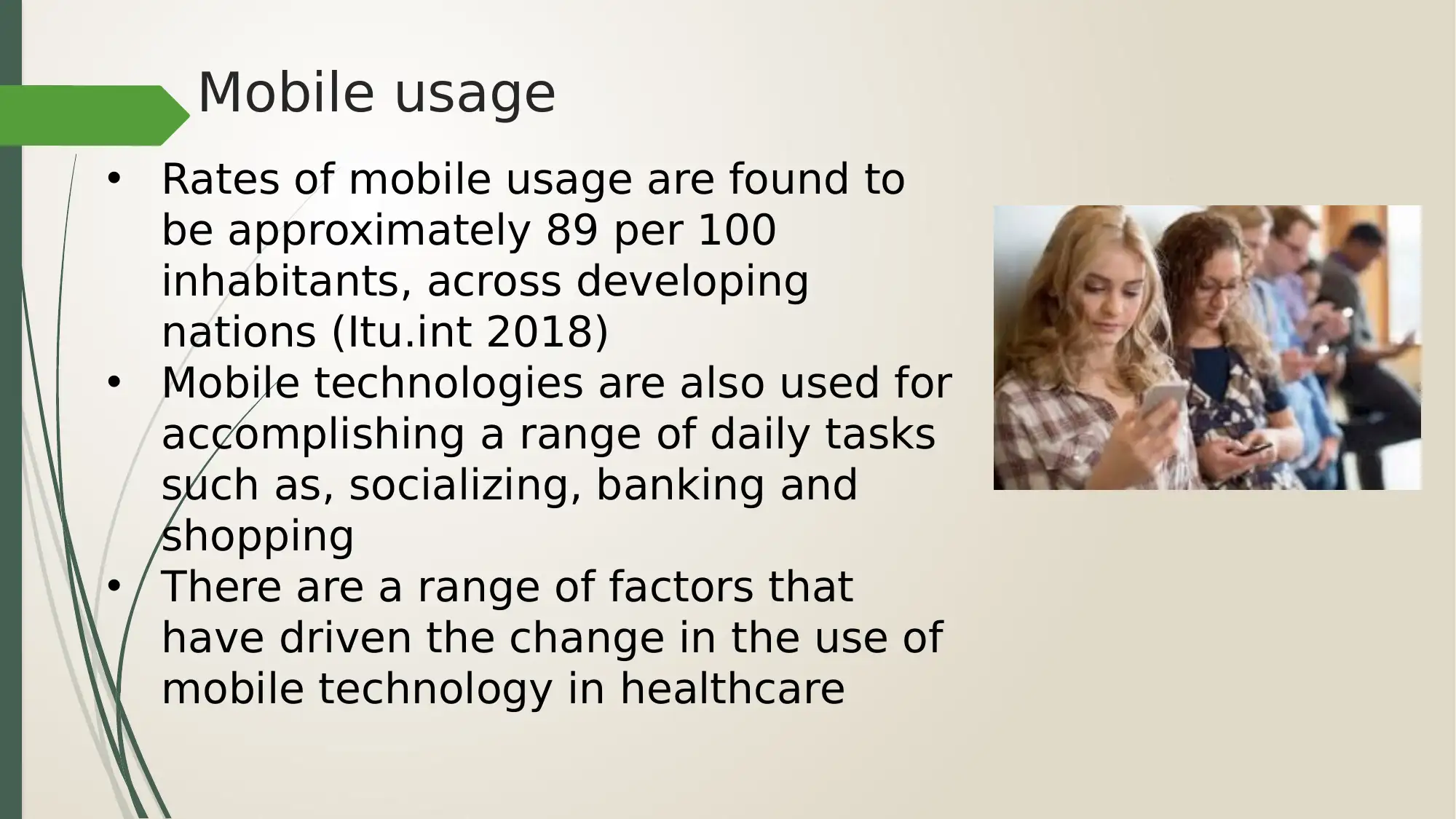
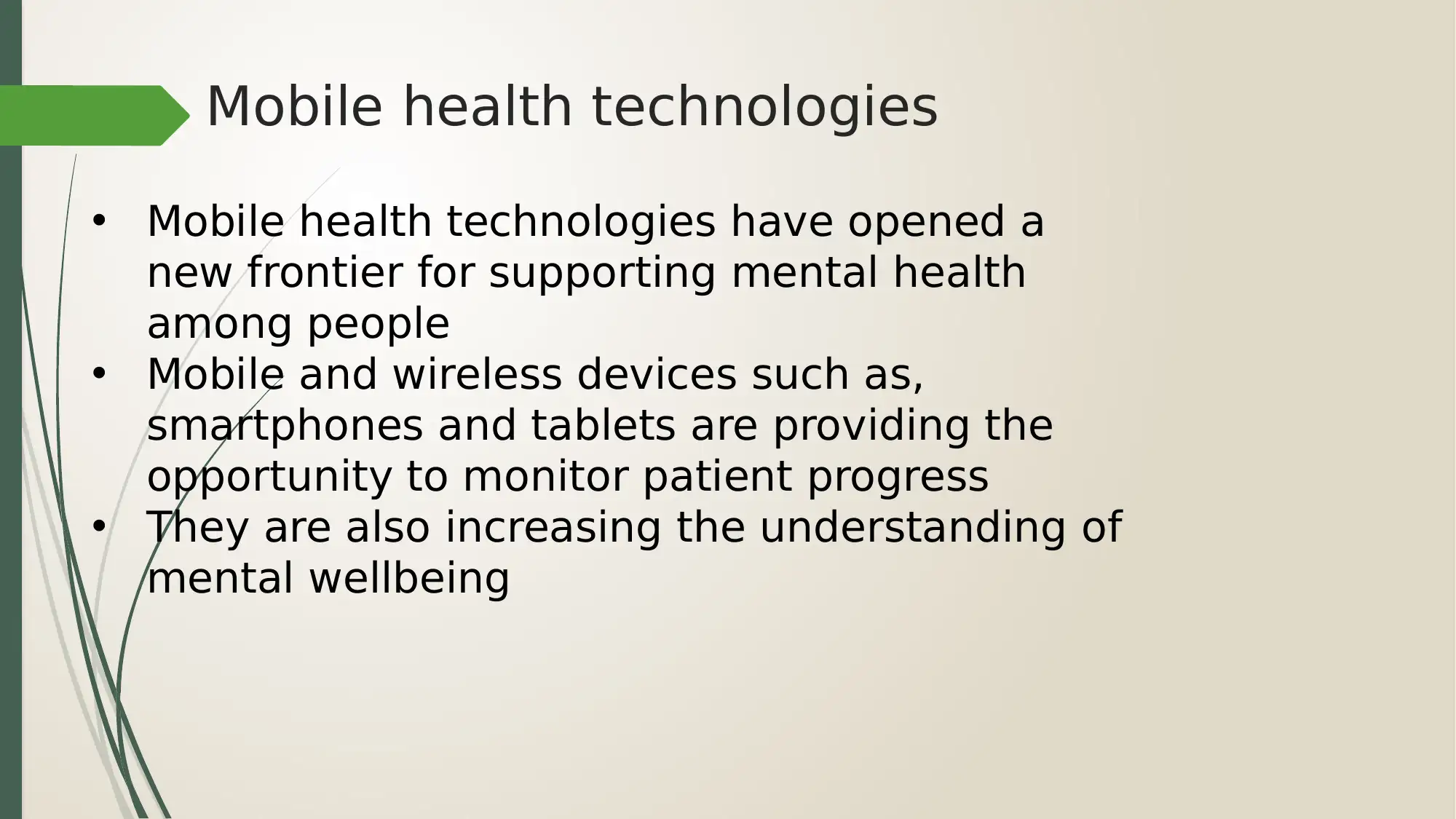
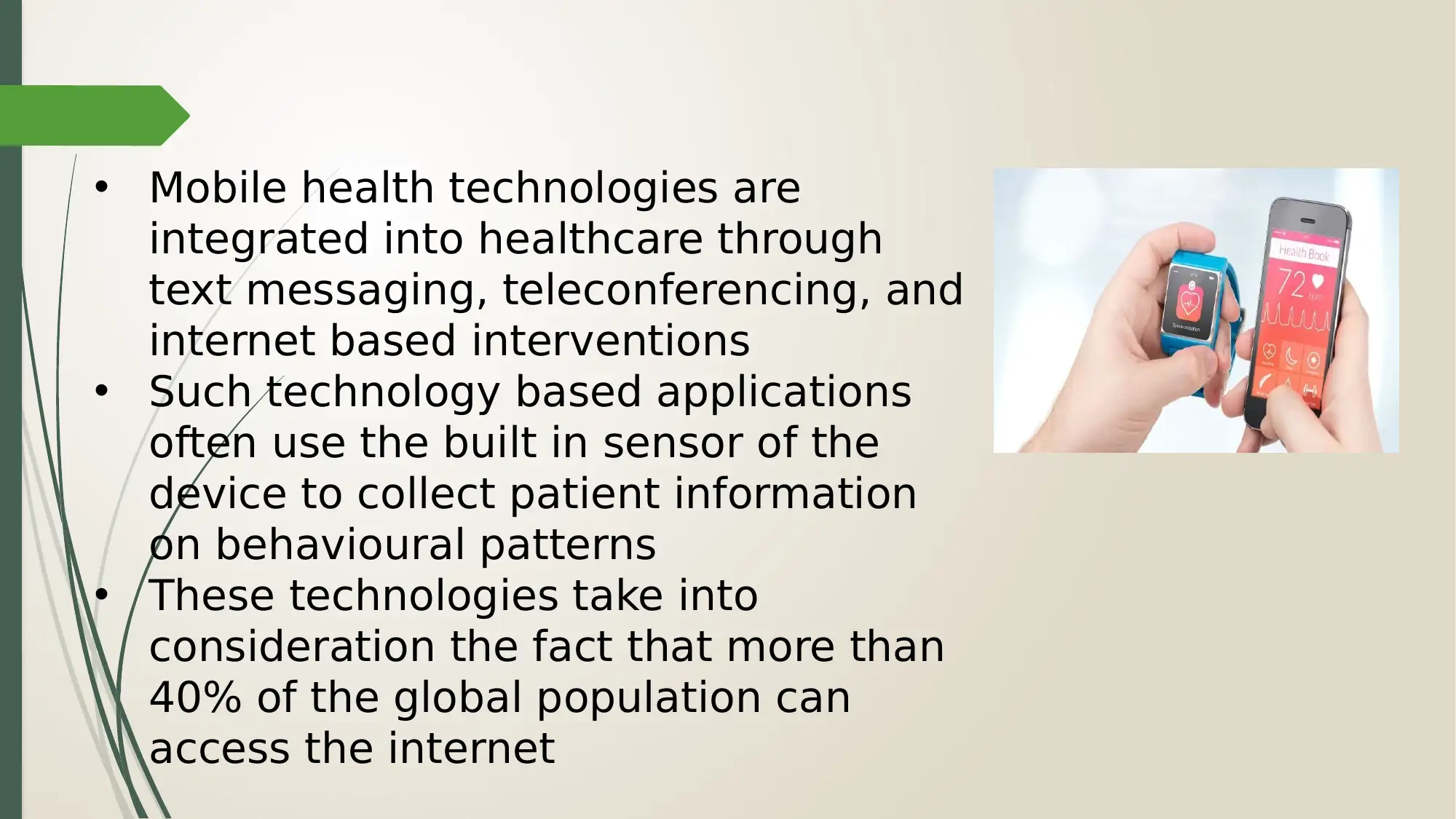
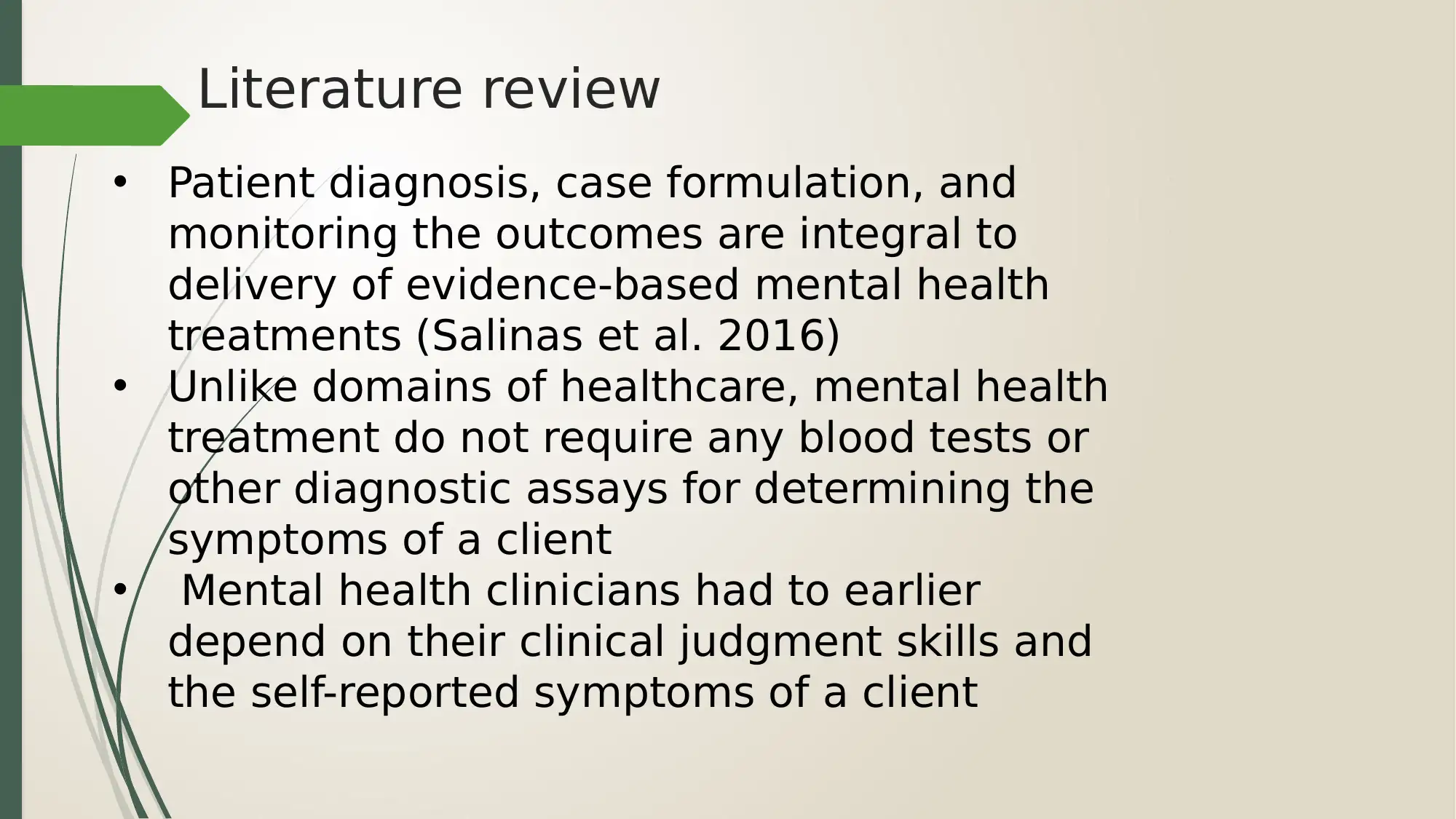
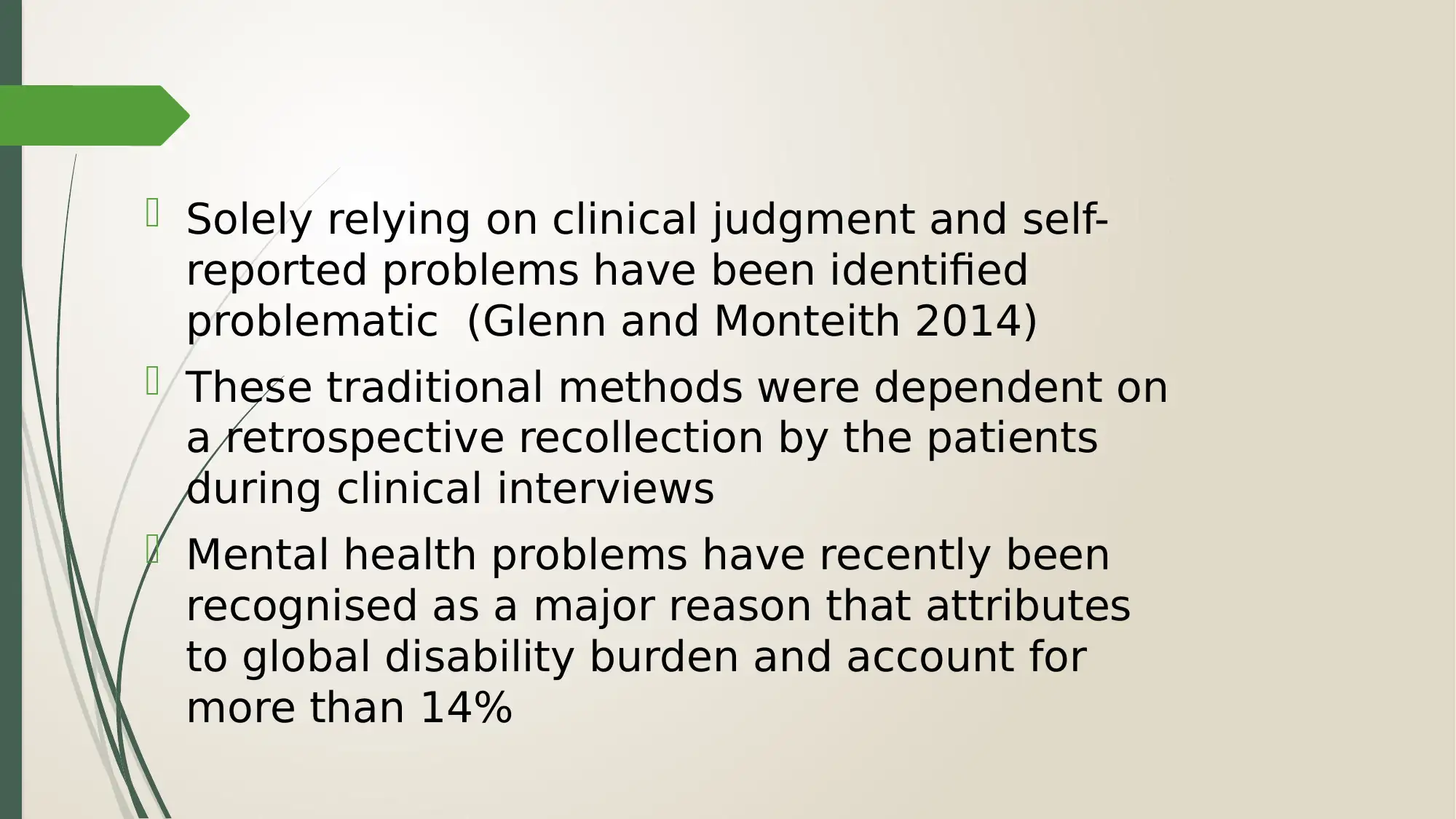
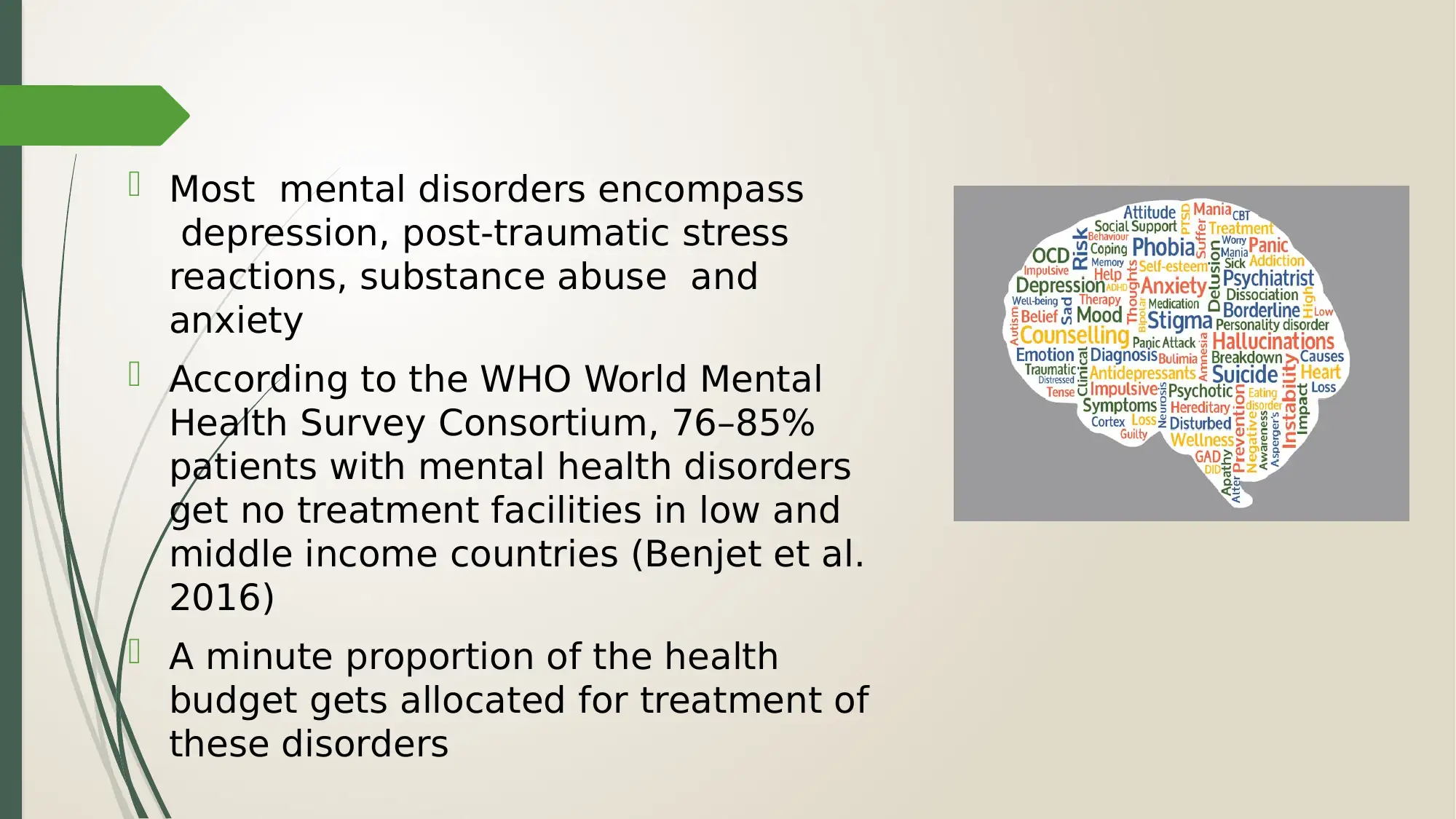
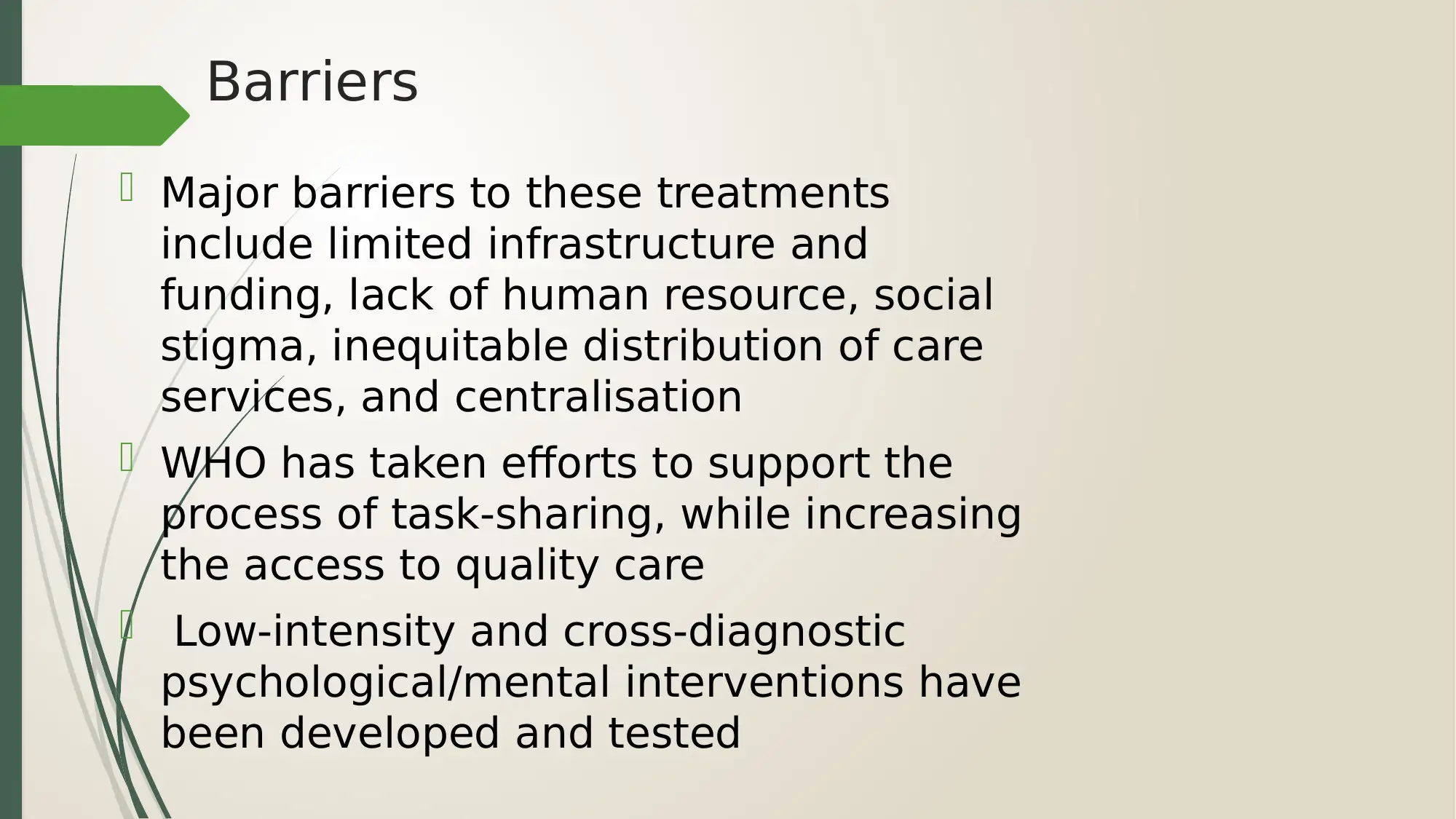
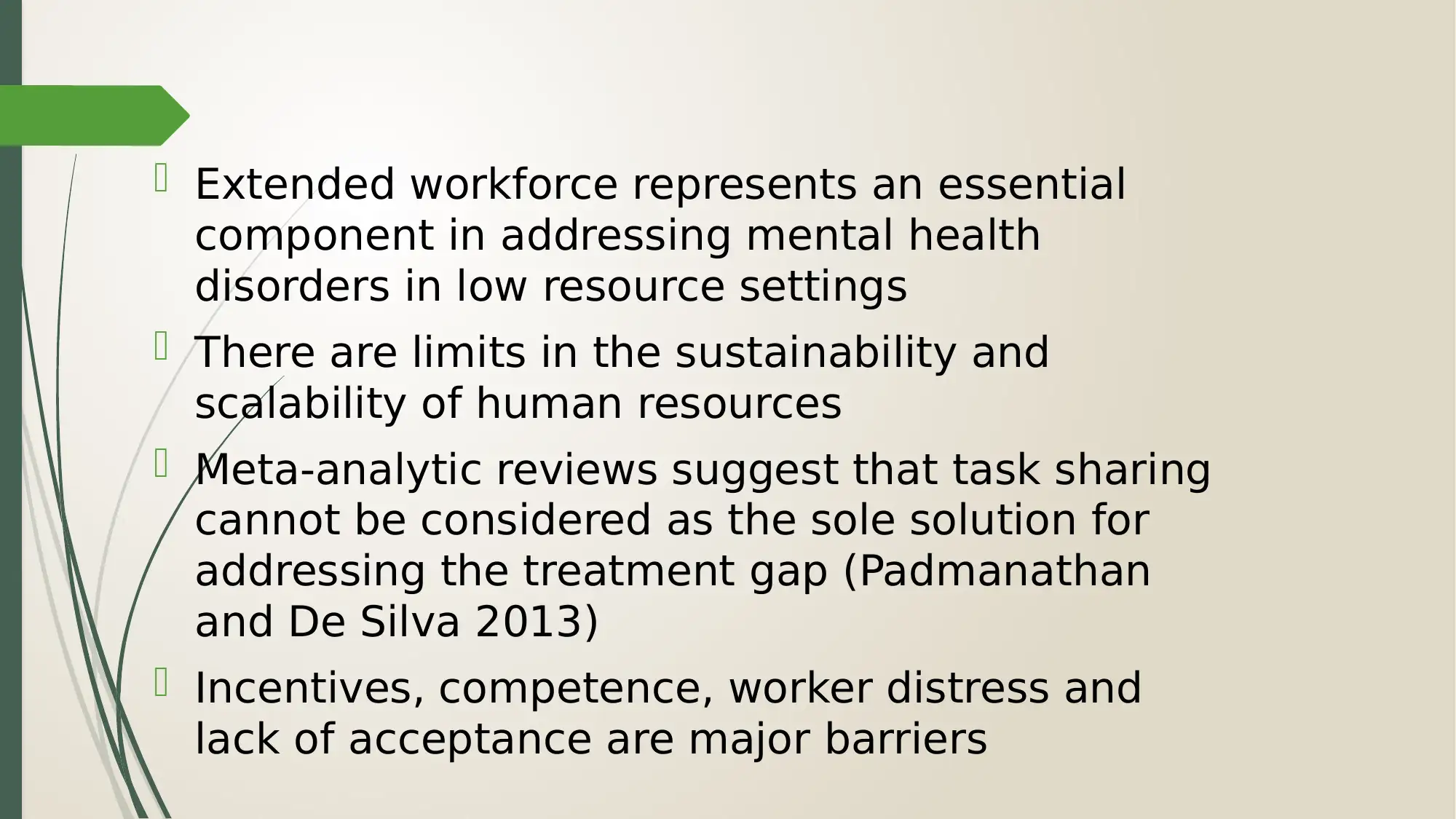
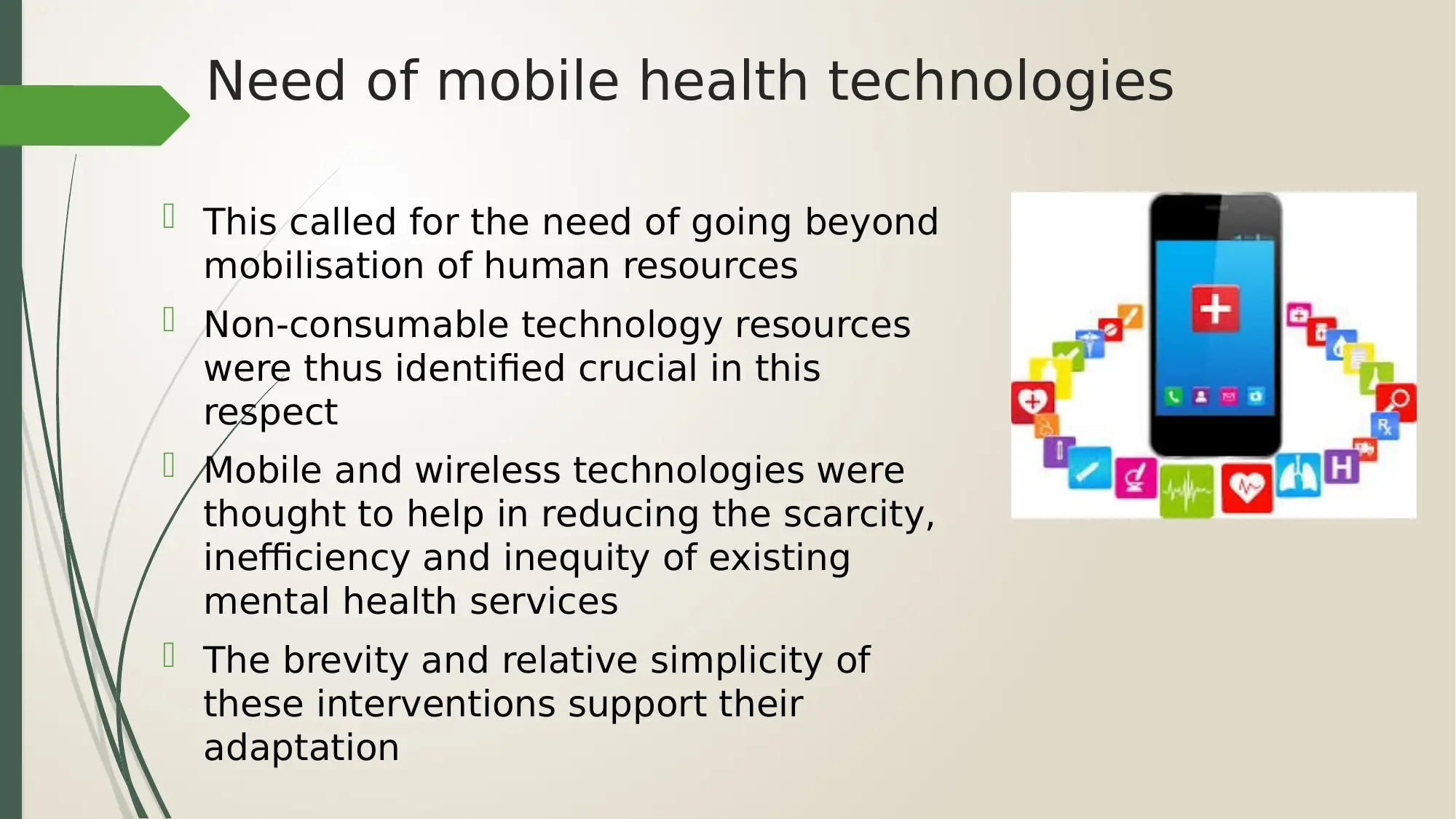






![[object Object]](/_next/static/media/star-bottom.7253800d.svg)